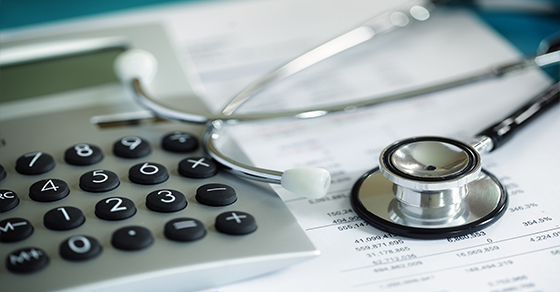Buy business assets before year end to reduce your 2018 tax liability
Buy business assets before year end to reduce your 2018 tax liability
The Tax Cuts and Jobs Act (TCJA) has enhanced two depreciation-related breaks that are popular year-end tax planning tools for businesses. To take advantage of these breaks, you must purchase qualifying assets and place them in service by the end of the tax year. That means there’s still time to reduce your 2018 tax liability with these breaks, but you need to act soon.
Section 179 expensing
Sec. 179 expensing is valuable because it allows businesses to deduct up to 100% of the cost of qualifying assets in Year 1 instead of depreciating the cost over a number of years. Sec. 179 expensing can be used for assets such as equipment, furniture and software. Beginning in 2018, the TCJA expanded the list of qualifying assets to include qualified improvement property, certain property used primarily to furnish lodging and the following improvements to nonresidential real property: roofs, HVAC equipment, fire protection and alarm systems, and security systems.
The maximum Sec. 179 deduction for 2018 is $1 million, up from $510,000 for 2017. The deduction begins to phase out dollar-for-dollar for 2018 when total asset acquisitions for the tax year exceed $2.5 million, up from $2.03 million for 2017.
100% bonus depreciation
For qualified assets that your business places in service in 2018, the TCJA allows you to claim 100% first-year bonus depreciation • compared to 50% in 2017. This break is available when buying computer systems, software, machinery, equipment and office furniture. The TCJA has expanded eligible assets to include used assets; previously, only new assets were eligible.
However, due to a TCJA drafting error, qualified improvement property will be eligible only if a technical correction is issued. Also be aware that, under the TCJA, certain businesses aren’t eligible for bonus depreciation in 2018, such as real estate businesses that elect to deduct 100% of their business interest and auto dealerships with floor plan financing (if the dealership has average annual gross receipts of more than $25 million for the three previous tax years).
Traditional, powerful strategy
Keep in mind that Sec. 179 expensing and bonus depreciation can also be used for business vehicles. So purchasing vehicles before year end could reduce your 2018 tax liability. But, depending on the type of vehicle, additional limits may apply.
Investing in business assets is a traditional and powerful year-end tax planning strategy, and it might make even more sense in 2018 because of the TCJA enhancements to Sec. 179 expensing and bonus depreciation. If you have questions about these breaks or other ways to maximize your depreciation deductions, please contact us.










